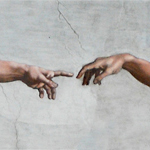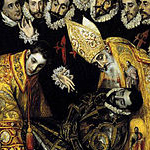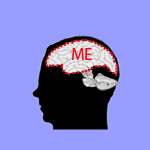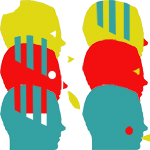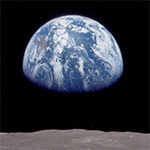 This may seem off-topic, but it’s not. I heard a talk last night by Bill Rees, who originated the concept of the ecological footprint. He presented many slides showing that we are on an unsustainable path. Of course, that isn’t news. We’ve known for a long time that we’re on that path. Bill’s slides were just a progress update—a few more data points representing a few more years since Al Gore showed us we were on that path. We have stayed right on track.
This may seem off-topic, but it’s not. I heard a talk last night by Bill Rees, who originated the concept of the ecological footprint. He presented many slides showing that we are on an unsustainable path. Of course, that isn’t news. We’ve known for a long time that we’re on that path. Bill’s slides were just a progress update—a few more data points representing a few more years since Al Gore showed us we were on that path. We have stayed right on track.
One striking slide showed the path as it was foreseen by the Club of Rome in its Limits to Growth report. The authors created a computer model showing trends on several measures including world population growth, industrial output, pollution, food production, and resource depletion. Trends were plotted assuming several scenarios reflecting different levels of intervention. The scenarios ranged from business-as-usual to sustainable. The business-as-usual trends, based on available historical data, showed a remarkably consistent pattern. The trend lines passed the planet’s carrying capacity in the 1980’s, moving into what is called “overshoot.” Overshoot is growth beyond carrying capacity—a condition which, if not corrected, leads to collapse. Continue reading “Where Did You Say We’re Going?”



